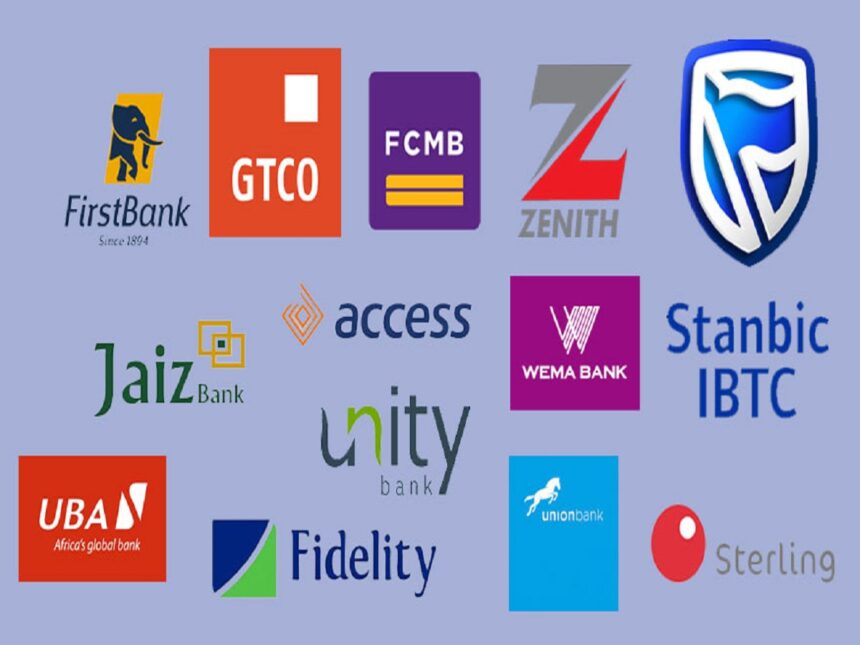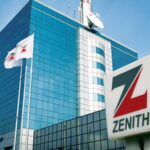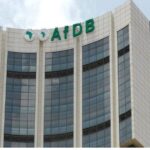NIGERIAN banks placed N2.3 trillion with the Central Bank of Nigeria (CBN) last week, signaling improved liquidity conditions in the financial system.
According to market analysts at Afrinvest Securities Limited, system liquidity shifted from a deficit of N436.4 billion to a modest surplus of N41.9 billion. This fragile improvement was largely driven by higher outflows via the Standing Deposit Facility (SDF) and T-Bills Primary Market Auction (N2.3 trillion and N424.7 billion, respectively), which outweighed inflows from the Standing Lending Facility (N961.0 billion).
Just a week earlier, Nigerian Tribune reported that banks deposited N5.2 trillion with the CBN at a 26.50 percent interest rate, despite prevailing liquidity challenges. These placements were made through the SDF, which currently offers an interest rate of 26.50 percent—calculated as the Monetary Policy Rate (MPR) of 27.50 percent minus 100 basis points. This is notably lower than the 31.75 percent rate offered under the Standing Lending Facility (SLF), which banks use to access short-term funding.
Analysts interpret this trend as a preference among banks for risk-free returns over lending or investment in a volatile market. Despite a tight environment, the surge in SDF placements points to improved financial stability and reduced credit risk in the system.
The increased liquidity enables banks to better support the real economy, including critical sectors like agriculture, manufacturing, and SMEs. It also reflects the CBN’s ongoing efforts to stabilize the financial system and promote sustainable economic growth.
In a related development, borrowing by deposit money banks and merchant banks from the CBN dropped by 34 per cent to N16.49 trillion in March 2025, down from N24.82 trillion in February. This decline underscores rising liquidity across the system.
Nevertheless, CBN data shows that banks and merchant banks collectively accessed N50.46 trillion through the SLF in Q1 2025—an increase of 161.5 percent compared to N31.25 trillion in the same period of 2024.
Meanwhile, Nigeria’s broad money supply (M2) rose 17.3 percent year-on-year, reaching N110.3 trillion at the end of February 2025, up from N93.97 trillion in February 2024.
READ ALSO: SEC bans unregistered digital asset exchanges, online forex platforms
WATCH TOP VIDEOS FROM NIGERIAN TRIBUNE TV
- Let’s Talk About SELF-AWARENESS
- Is Your Confidence Mistaken for Pride? Let’s talk about it
- Is Etiquette About Perfection…Or Just Not Being Rude?
- Top Psychologist Reveal 3 Signs You’re Struggling With Imposter Syndrome
- Do You Pick Up Work-Related Calls at Midnight or Never? Let’s Talk About Boundaries







